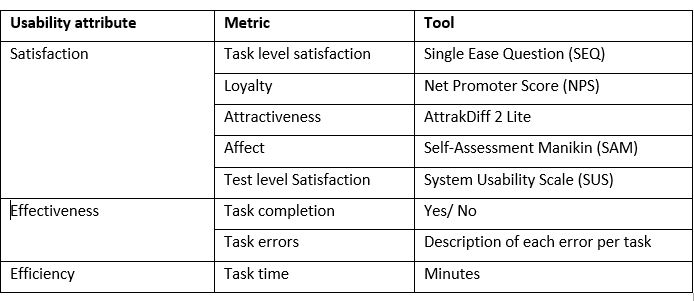
Usability is a term that has been used in user testing since the early 1980s. Starting from an over-simplistic theory to substitute the terms user-friendliness and ease of use, mainly focusing in the aspect of comfort in product use ( (Bevan, Kiriakovsky, & Maissel, 1991); (Sarodnick & Brau, 2006)) and being promoted to a super complex and messy subject over the years, as researchers and designers tried to incorporate systematic and elaborated principles of design into it. As such, user testing was mainly focusing only on the usability of products as it was early defined. Last years, there is a vast trend in expanding usability testing taking into account the increased interest of practitioners and researchers to focus on the subjective experience of the users which is arising from the use of products and is related to non-instrumental aspects like pleasure, fun and emotions ( (Jordan & Green, 2002); (Hekkert & Schifferstein, 2008). Thus, User eXperience (UX) is an approach in product development which is blooming in the last years and it focuses on the sensual, cognitive, physical, aesthetic and emotional experience of product use ( (Forlizzi & Battarbee, 2004); (Hekkert, 2006) encompassing of course, also its usability.
| ID | pc433 |
| Presentation | |
| Full Text | |
| Tags | driver behaviour, driver distraction, intelligent systems |







